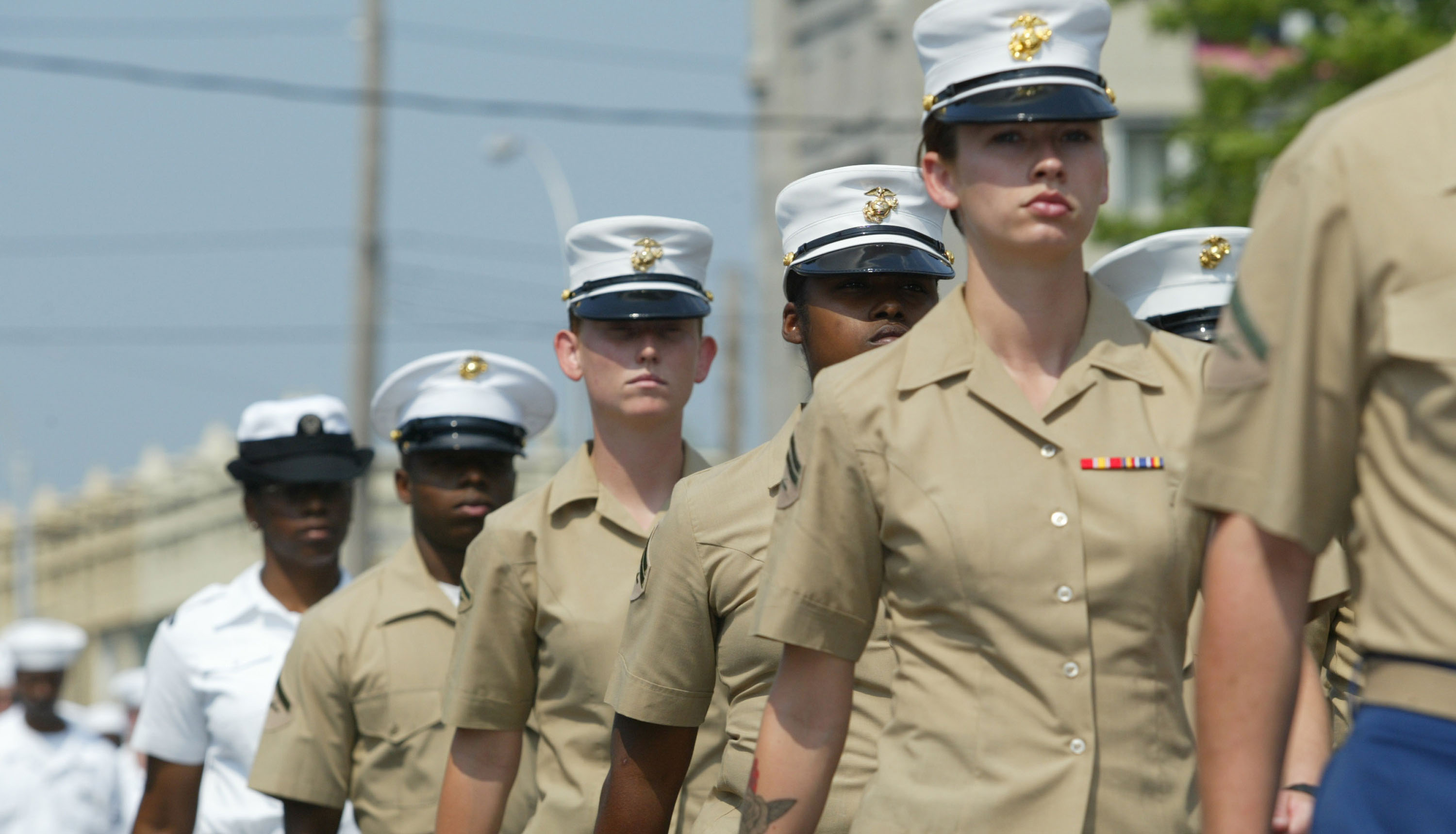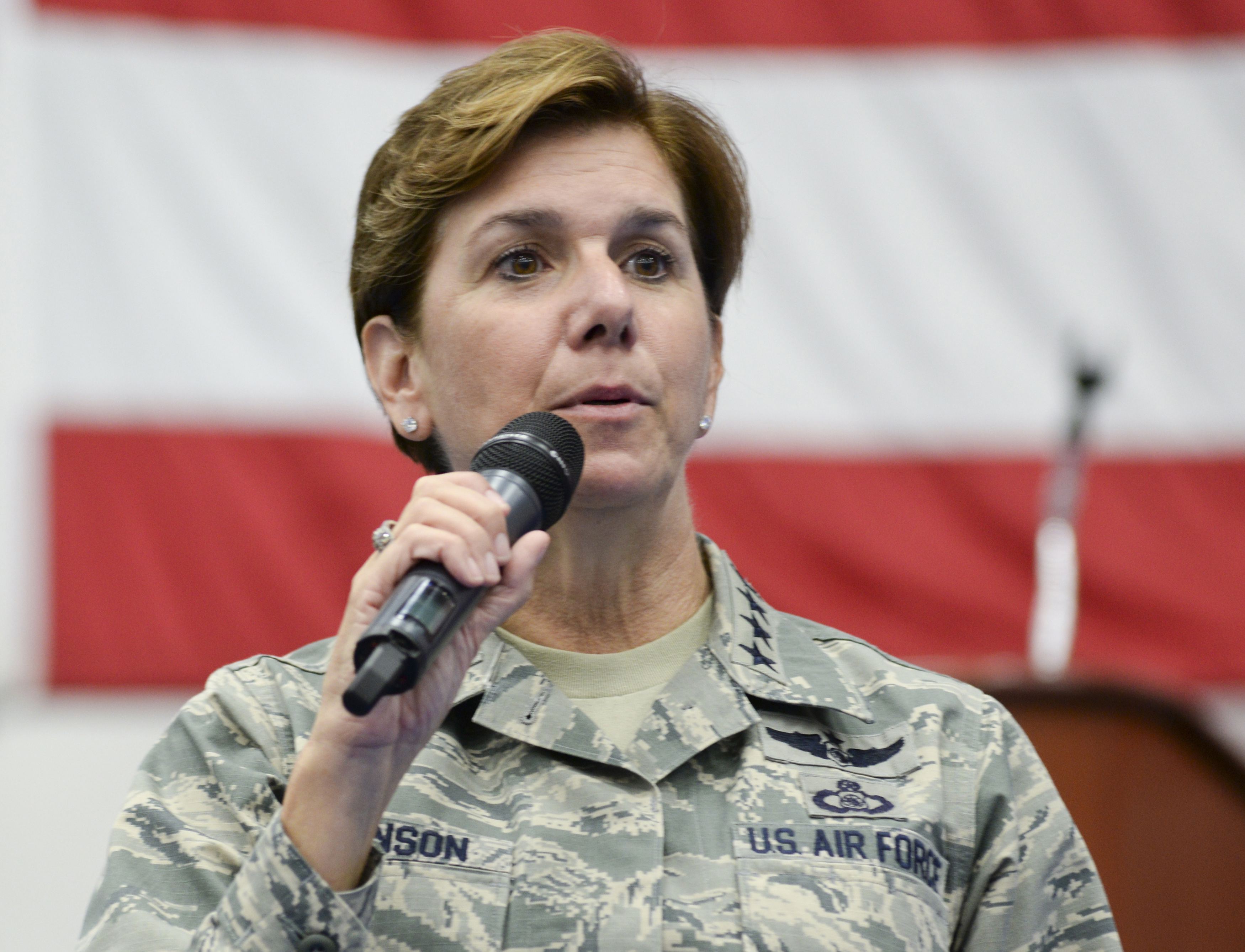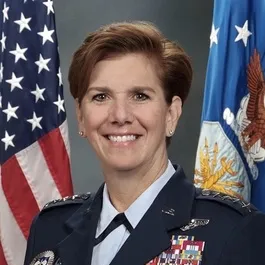
Women Warriors
How have the experiences, representation, and recognition of women in the military transformed, a century after the ratification of the 19th Amendment to the U.S. Constitution? As Brookings President and retired Marine Corps General John Allen has pointed out, at times, the U.S. military has been one of America’s most progressive institutions, as with racial integration in the years after World War II. But it also embodies a traditional, conservative, and in some ways “macho” culture. It’s an organization where many (though far from all) jobs require a type of physical strength that is more frequently attainable for the male frame. And the military is, in large part, a deployable institution whose members can face difficult conditions in the field. Women are no less suited to braving such austere conditions and have proved that in combat. But there can be major challenges associated with sending a mix-gender force into such conditions.
For these reasons, it took a long time to make the military fully accessible to women. Notably, it was only in the Obama years that all combat positions, including in the ground forces, were open to them. Previous milestones had been reached only gradually. Legislation formally allowing women into the military was passed in 1948 (even though tens of thousands had served in both world wars, and women like Harriet Tubman and Mary Walker had served in the Civil War as nurses, spies, and even soldiers disguised as men). Women first entered the military service academies in the 1970s and were only allowed to fly combat missions or serve on Navy combat ships in the 1990s.
Given the integral role women play in the future of the armed forces, at this juncture in 2020 it is important to step back and ask: Is the U.S. military a leading or a lagging organization in regard to gender equity? And, should its leadership be proud of what it has accomplished to date, or prodded to do much better?
On both questions, the answers are mixed. The armed forces have come a long way in the last few decades, but this is hardly the time to spike the football in the end zone. There is so much further to go and addressing these issues of gender equity will not be easy.
The U.S. military by the numbers
Today’s military is much more integrated along gender lines than at any time in the past. Women are no longer excluded from any type of combat mission: They are pilots and vehicle drivers and mechanics and infantry officers. But while the U.S. military today has never had a higher fraction of women, they remain just 16 percent of the total force. Percentages have roughly doubled in the last generation for the various services but, even today, averaged across the four major Department of Defense services, women represent only one of every six Americans in uniform, ranging from about 8 percent in the Marine Corps to 19 percent in the Air Force.
In senior leadership, the numbers are worse and reflect the work that still needs to be done to help integrate women into the military. One of us had the honor of pinning four stars on her shoulder and becoming the first woman in American history to run a military combatant command. But there have only been six women who have ever reached four-star rank. Since General Ann Dunwoody of the U.S. Army became the first in 2008, the United States has named roughly 100 four-star military officers. This means that only about 6 percent of four-star generals have been women even in the period after the glass ceiling was shattered. There has not yet been a female member of the Joint Chiefs of Staff, or a female secretary of defense (or deputy secretary), either.
While the U.S. military today has never had a higher fraction of women, they remain just 16 percent of the total force.
These gender disparities contrast with a military that, in other terms, is rather diverse today, with roughly half of its enlisted recruits either Hispanic or members of a minority.1 About half of all U.S. military personnel are married, and 39 percent have children; single parents make up about 6 percent of the total armed forces. About 5 percent of military personnel are married to another member of the armed forces. In terms of their family income backgrounds, there is fairly equal representation across all five quintiles of U.S. income distribution. But there is modest over-representation from the three middle quintiles, and modest under-representation from the top and bottom income brackets. Politically, the American armed forces lean conservative, especially among the officer corps, but there is considerable breadth of opinion in the enlisted ranks. All of these generally encouraging facts stand in contrast to the poor gender balance.
While the share of women in the military is higher than ever, the experiences of women in the military are often inequitable. Women in the military services continue to suffer high rates of sexual assaults from their male counterparts. That is unacceptable and one of the many issues that must be addressed if we are to eventually see equal shares of men and women in the armed forces.
Addressing the issues
What can be done to address the issues of inequity and underrepresentation of women in the military? Without claiming to address the entirety of the problem, we have a few thoughts. The first few are designed to broaden the appeal of military service in general, including for men and women, and our final ideas here focus on improving gender representation directly.
First, the American armed forces need to recruit from a broader pool of Americans. Some 60 percent of Army recruits now come from military families, for example. And as of 2018, the Army recruited 50 percent of its enlisted soldiers from just 10 percent of the nation’s high schools, suggesting too much dependence on certain geographic areas. This suggests that military service has become a largely family affair, with most volunteers emulating their parents’ (usually their fathers’) career paths. There is nothing wrong with family pride, and it is admirable how many children of military parents are willing to accept the sacrifice of service even after they have experienced it growing up. But passing the baton from generation to generation like this tends to perpetuate traditions—most, but not all, of them good—and leaves too few American young people of both genders willing to consider service.
There may be ways to broaden the recruiting pool even in the face of a diminishing number of suitable applicants in today’s youth population who measure up to military standards. For example, in regard to the nation’s high level of obesity, while the military should not lower physical standards, it might look for clever ways to encourage would-be recruits to get themselves into shape. Perhaps they could be offered employment conditionally, provided that they worked with a nutritionist and physical trainer for a certain trial period to improve their fitness. If they reached appropriate standards in the process, they could then join the armed forces of the United States.
We need more women in the senior ranks of the military; it is not enough just to do better with the younger and more junior demographics, which means finding ways for women to return and continue their careers after they have children.
When it comes to addressing the issues of underrepresentation, it is important to examine the barriers that keep women from pursuing military service, most notably, that it remains very hard to have a family while in military service, and this is true even more for women than men given the realities of biology. It will not always be realistic for women in particular to maintain continuity of service through their childbearing years. However, we should not give up hope for these individuals. Career paths that offer more realistic ways to return to military service after an extended absence should continue to be developed by the military services. We need more women in the senior ranks of the military; it is not enough just to do better with the younger and more junior demographics, which means finding ways for women to return and continue their careers after they have children.
Elevating women’s voices
In order to increase representation and the appeal of military service for women, we should amplify the voices of women who have had the honor of serving to spread the
word about how fulfilling it can be. They can be among the most persuasive, and
one hopes also the most inspiring mouthpieces for the military. Marine Colonel
Amy Ebitz highlighted some bright spots that reflect the opportunities for women in the military in regard to pay and experience, in a piece for Brookings in 2019: On the issue of equal pay, she wrote, “the military absolutely embodies the equal-pay-for-equal-work principle. Regardless of your gender, your pay will be equal to others with the same time in service and qualifications. In the U.S. economy more broadly, a woman earns only
79 percent of what a man earns.” And on experience and opportunity, she added, “military service allows you to learn skills and to experience places and things you otherwise may have not. That experience, coupled with veterans’ preference for many follow-on occupations, is priceless. … In combat, my female Marines, alongside their brothers, manned machine guns and fought bravely. And no one by their side questioned their role.”
Amy’s story is not entirely different from Lori’s, even though they come from two very different military services and cultures. What the stories have in common is that both have risen very high in the ranks and feel very positively about their respective times in service, even while recognizing how rare their experiences are. We finish with Lori reflecting on her years in uniform, as well as her decision to join the armed forces in the first place, back in the early 1980s. Her message is designed to be an inspiration, we hope, to women who might consider a career in the armed forces, but it is also an admonition to policymakers, in and out of the military services, about how far we still have to go:
“I am the luckiest person in the world. I am the daughter of an amazing airman, who flew Reece aircraft for his career, RF-101s and RF-4s. I didn’t understand the importance of what he did, but I knew that he was good at what he did. He flew throughout Europe during the Cold War, and flew in the Vietnam war as well. But when it came time for me to go to college, comparing his goals and mine, I realized we’re different. You see, I was the oldest of five children, from the oldest to the youngest was six years—yes, six years. My father suggested that I should go to the Air Force Academy. I smiled sweetly and said, uh no, I had been in the Air Force for 18 years and I was ready to move on. Once in college, it took me a while to settle on a concentration. Eventually, I landed on being an English major. When it came time to figure out what to do, I decided that I would join ROTC, become a commissioned officer in the USAF, and then decide what to do with rest of my life.

Life has a way of figuring things out for you also. I had no idea that I would stay in for 37 years. No idea that I would be promoted beyond major. No idea that I would have the privilege to support and defend the Constitution of the United States at the highest level. No idea that all of my mentors would be men and fighter pilots.
But you know what? I did and it all started with a couple of things:
—The military is a meritocracy. We all start out on the same playing field with the same oath.
— What was important was the fact that I was competent in what I did. In fact, one fighter pilot stated, ‘if I had to go to war, I want Lori on the radio.’
—What I realize is that I am a woman and I have done things that no other woman had done before, like being the first female instructor at the Nellis Fighter Weapons School, and ultimately running NORTHCOM and NORAD during the North Korean crises of 2017. But what I want people to understand is that I was a part of something bigger than myself; it was never about me, but it was about the institution. And I know that I am a role model and that I want to use this for the greater good.
Our nation needs diverse voices around the table. Whether it is a CEO’s table, the Joint Chiefs table, or the cabinet of the United States, a diversity of thought, background, heritage, race, and gender all add to the capability of any leader to make a decision. It makes our nation stronger and better.”
So yes, we’ve come a long way. But there is plenty of work yet to be done to encourage the participation of women in the military and to ensure their experiences and opportunities are equitable to those of the men who serve. If we put the work in, we will have a stronger military—and country—for it.
- America’s Promise Alliance, “U.S. Military Demographics,” Washington, D.C., 2019, https://www.americaspromise.org/us-military-demographics






